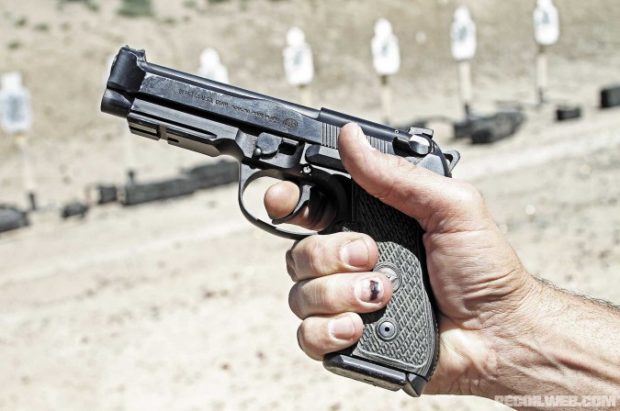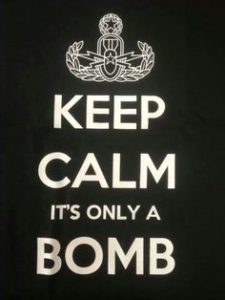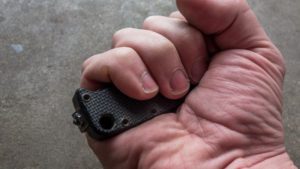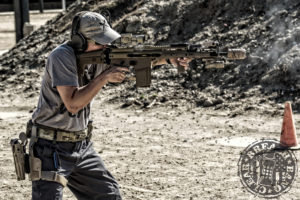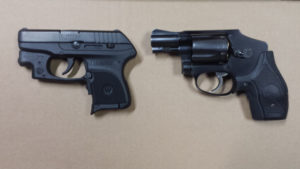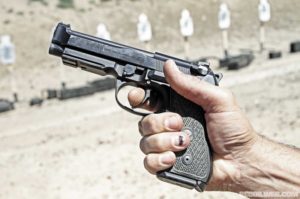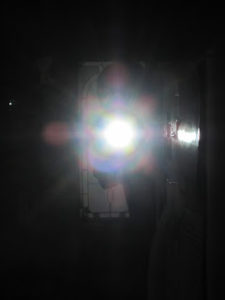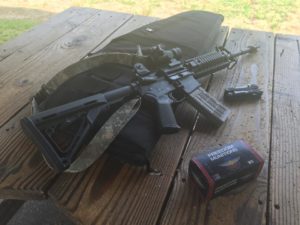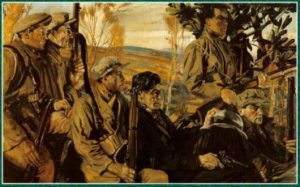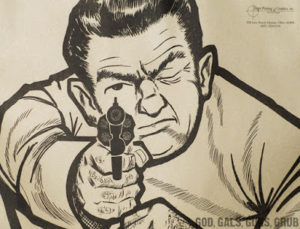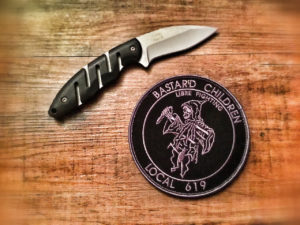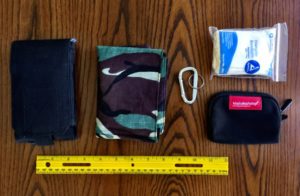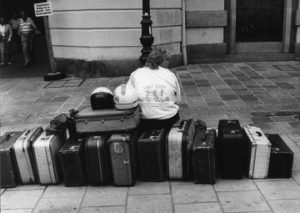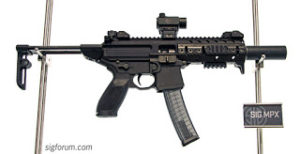Knowledge to make your life better. If you have some free time, check out some of these links this weekend.
Skills And Drills For Saving Lives
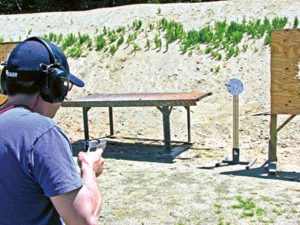
Ralph Mroz suggests some reasonable performance standards for the defensive shooter.
The Book of the Pistol and Revolver
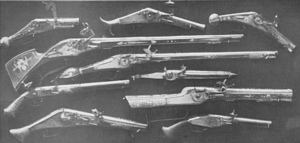
The full text of a 1917 book on gunfighting with the pistol and revolver. Some of these 100-year old concepts are still being taught today.
Twinkie Silencer!!!!
Funny, but quite effective!
14 Major Travel Scams to Avoid
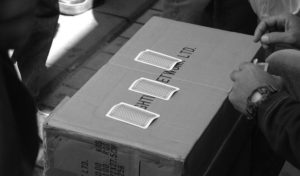 The most common travel scams you need to be aware of when traveling internationally.
The most common travel scams you need to be aware of when traveling internationally.
Perhaps the Wildest Armed Robbery Gunfight You’ll Ever See
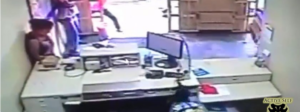
A two-on-one entangled contact distance gunfight. This might represent a “worse case scenario” for an armed citizen. Did your CCW class prepare you to win in this type of situation? My guess is that the resounding answer is “no.” We all need more and better training.
Here’s a similar analysis of a second multiple attacker gunfight. Could you win this one?
How To Be Calm Under Pressure: 3 Secrets From A Bomb Disposal Expert
Having superior emotional control in a crisis will help you to prevail. Embrace these three tactics.
Robert Young Pelton on All the Ways You Can Actually Use a Pocket Knife
Robert Young Pelton shares his perspectives on carrying a blade for both defensive and utilitarian purposes. I regularly carry one of Pelton’s DPX Gear Heat knives when I travel internationally. The blade is indestructible, but very small. It doesn’t draw attention from cops or security personnel, yet it’s built for fighting and has both a bottle opener (and improvised “wave” style opening device) and a carbide window breaker. It’s a quality piece of gear.
Pelton’s books are also “must read” for any international adventure travelers.
Optimizing the Drop Leg Holster System
This is current best practice for wearing a drop leg holster. I agree. Most people carry them way too low. You want to wear your holster just low enough to clear your plate armor. Any lower than that will cause eventual problems.
The Ultimate Guide to Preventing and Treating MMA Injuries
What I’m reading…
This book is less of a first aid manual than it is a comprehensive look at how fighters get hurt in MMA. Certainly, treatment options are covered, but there are better fight medicine books available if you want to learn technical skills. The real value of this book is the stories shared by the most famous and experienced MMA fighters in history. They describe in great detail how they screwed up, how they got hurt, and how that injury affected their lives in the future.
Street Watch-Notes of a Paramedic
Heroin overdoses are becoming an epidemic in America. Almost all the criminals we arrest are heroin addicts. Even in the extremely upscale suburb where I work, we get regularly called to respond to heroin overdoses. This website is written by a paramedic in Hartford, Connecticut. He uses it to discuss the heroin problems he encounters and to better explain the lifestyle of the heroin user to the average person. If you are at all interested in how heroin is causing massive problems in our country, this website is a must read.
The “Run-to-the-Store” Gun
I agree with the author here. “Running to the store” is an activity which places many people at risk of criminal violence. I may carry my little guns on walks around my safe neighborhood or while doing yardwork, but when I go to any store or restaurant, I’m carrying a Glock 19.
Here’s another perspective on the “Pocket Pistol.” You’ll also want to read Karl Rehn’s study about how much skill degrades when shooters use pocket pistols as compared to full sized weapons.
Double Action Auto – The Long Pull
Ernest Langdon talks about some of the advantages of the double action autopistol and how to remediate some of the drawbacks. When I started as a police firearms instructor, my agency used double action S&W 4506 pistols. I didn’t notice any big problems with well trained officers using this system. When we transitioned to Glocks and some officers kept their double action autopistols as backup guns, I noticed a huge issue with officers forgetting to decock before holstering. It seems to me that if you run a double action auto exclusively, most people can do pretty well. I haven’t seen much success when officers have to adjust between the double action and a striker fired pistol.
Walking & Shooting: Challenging the Misapplication
Max velocity has a good perspective on shooting while moving. It is a useful skill to have but isn’t often applied combatively in the same manner as it is taught and practiced. I’ve come to look at the standard shooting on the move exercise taught in basic gun school classes everywhere not as a tactical exercise, but more as a skill building and divided attention exercise.
Gunfights involve a lot more than just shooting the gun. Winning a gunfight could require reflexively running the gun, shooting accurately, watching angles of fire, dodging incoming rounds or strikes, seeking cover, and evaluating threats. A lot of stuff is going on. The more time we practice doing multiple other tasks while shooting with a gun in our hand, the better off our practice sessions will be. Shooting on the move teaches students to do something else while shooting. That is a useful reason to teach the skill, even if it isn’t going to be used much outside of a SWAT or military context.
Your opinion does not trump my personal experience.
“Charisma is not fact, scientific sounding, non-sensical jargon is not fact, having a great time on the range is not fact, feeling cool and looking good is not fact. The fact is if you get it wrong you could die…”
Dave’s book Handgun Combatives is one of the most useful texts in the field.
Cold Weather Concealed Carry Considerations
A few of the things you should be thinking about when carrying a gun beneath a heavy coat in colder weather.
Aware
Not the typical awareness article you might see on my site, but a very good perspective nonetheless.
“I find that focusing on being aware, rather than being right, can help. Seeking out knowledge instead of affirmation. Being open to information of all kinds, rather than seeking out data-points to confirm a stance already taken. Not having an opinion about something other than, “I’m not sure, but doing my best to learn and understand.”
You can, of course, be aware and act in alignment with your beliefs at the same time. But when your beliefs and the narratives that inform your beliefs are themselves evolving, rerouting your energies toward new information, toward accurate self-perception, toward connecting the dots into a more well-rounded context allows you to keep growing without limiting your growth to any particular direction. It increases the scope and span of your view, without requiring you to first define exactly what it is you’re looking at.”
Defeating Doomsday Derp
“Not to turn this into a Dave Ramsey lecture, but if you find yourself complaining about not having ammo money, yet you have cable or satellite TV subscriptions, Netflix, car loans, designer clothes with the holes already torn in them, Blue Apron meal programs, a tanning membership, eat out more than 1 time per month (yes including the drive thru) or you smoke cigarettes, drink alcohol, eat pizza’s and wings on Sunday afternoons at your football parties, drink four Monster energy drinks per day or get a Starbucks Venti Grande Mocha Latte Cup of Asshole two times per day, I simply don’t want to hear it. Your conviction to defending life, liberty and property is a lie.”
Read Part Two as well.
Why do you yell at your targets?
Most of you who have read my stuff for awhile recognize that I am fairly critical about police training and police officer performance in general. The only area where my cop students consistently outperform my armed citizen students is in the area of vocalization during a threatening scenario. Cops get lots of practice yelling at people! Armed citizens, not so much. It’s something that most people really need to work on.
Tone is in Your Fingers
“But the fact remains that learning your art is contingent on the work you are willing to put in, not on the equipment you use to get there. So if you are starting on this journey, put aside thoughts of building your collection of tools for a bit, grab a training knife and a workhorse knife that you don’t mind abusing, and dedicate some time to learning your craft.”
The same is also true in the firearms field.
Thin Is In.
Another look at a way to carry some medical gear in “normal” clothes. Undoubtedly, this kit is way better than having nothing at all and may save your life. Just remember, improvised tourniquets like this only have a 20%-40% success rate at controlling arterial bleeding. There is a serious trade-off when you ditch a commercial tourniquet for something that can be more easily carried. I would probably add some flat pack duct tape and a piece of petrolatum gauze to use as an emergency chest seal. Those additions won’t add hardly any bulk, but will greatly enhance the utility of the kit.
Fort Lauderdale and the wisdom of traveling light
Grant Cunningham takes a counter intuitive position and tells you why carrying a gun while traveling might put you in GREATER danger than leaving it home. It’s an interesting perspective and worthy of some thought, but I disagree. If I’m flying domestically, I pack a gun. Even with the recent airport terrorist attacks, the airport is statistically a low risk location. I’m not too worried about being attacked while waiting for my bags. Checking bags also allows me to carry blades, OC spray, and a larger array of medical supplies. I like having options.
One other thing to consider is what might happen if we suffer another terrorist attack like 9-11 when air travel is shut down nationwide. If I have to drive myself home a long distance through chaotic conditions, I’d rather be armed.
Authorities Should Have Prevented the Panic at Fort Lauderdale Airport
Speaking of airport attacks, Jack Dunphy (an active duty LAPD officer) presents a scathing indictment about the way cops handled the Fort Lauderdale incident. His analysis is right on:
“None of the steps I’ve outlined here should be controversial, but they require some nimble thinking under stress. Sadly, such nimble thinking is not common among those who ascend to the higher levels of any police department, where management is more highly prized than leadership.”
I wouldn’t bet on any other department doing better during a future attack. Police administrators largely have their heads in the sand.
2017 is the Year of the Pistol Caliber Carbine.
Michael Bane discusses why he thinks pistol caliber carbines will be big in the coming years and discusses some of the best options currently on the market.
* Some of the above links (from Amazon.com) are affiliate links. If you purchase these items, I get a small percentage of the sale at no extra cost to you.

